Scientific name Vernonia | Higher classification Daisy family | |
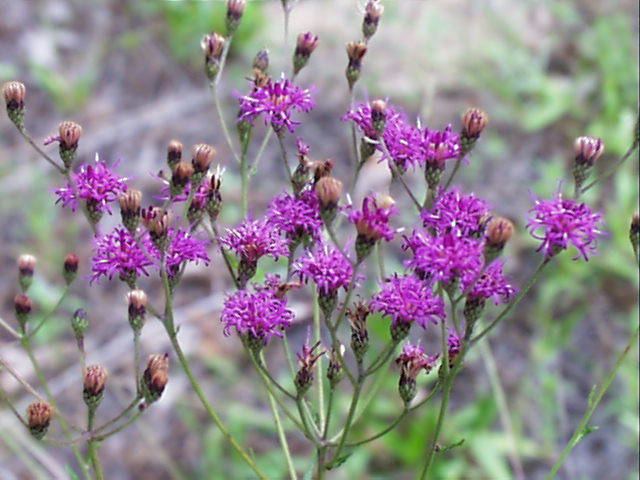 | ||
Lower classifications Vernonia amygdalina, Vernonia noveboracensis, Vernonia polysphaera, Vernonia galamensis Similar Ndolé, Fluted Pumpkin, Tanacetum, Sow thistles, Scarlet beebalm | ||
Ironweed vernonia fasciculata
Vernonia is a genus of about 1000 species of forbs and shrubs in the family Asteraceae. Some species are known as ironweed. Some species are edible and of economic value. They are known for having intense purple flowers. The genus is named for the English botanist William Vernon. There are numerous distinct subgenera and subsections in this genus. This has led some botanists to divide this large genus into several distinct genera. For instance, the Flora of North America only recognizes about 20 species in Vernonia sensu stricto, 17 of which are in North America north of Mexico, with the others being found in South America.
Contents
- Ironweed vernonia fasciculata
- Medicinal plant vernonia cinerea little ironweed ash coloured fleabane
- Uses
- Species
- North America
- South America
- Africa
- Asia
- References
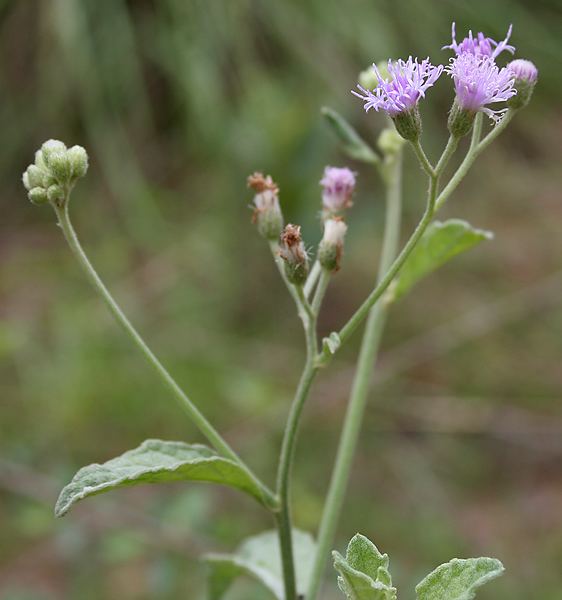
Medicinal plant vernonia cinerea little ironweed ash coloured fleabane
Uses
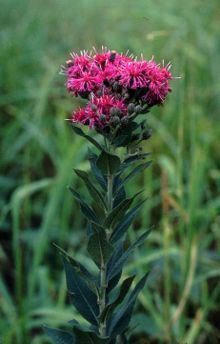
Several species of Vernonia, including V. calvoana, V. amygdalina, and V. colorata, are eaten as leaf vegetables. Common names for these species include bitterleaf, onugbu in the Igbo language, ewuro and ndole. They are common in most West African and Central African countries. They are one of the most widely consumed leaf vegetables of Nigeria, where the onugbu soup is a local delicacy of the Igbo people, and of Cameroon, where they are a key ingredient of Ndolé. The leaves have a sweet and bitter taste. They are sold fresh or dried, and are a typical ingredient in egusi soup.
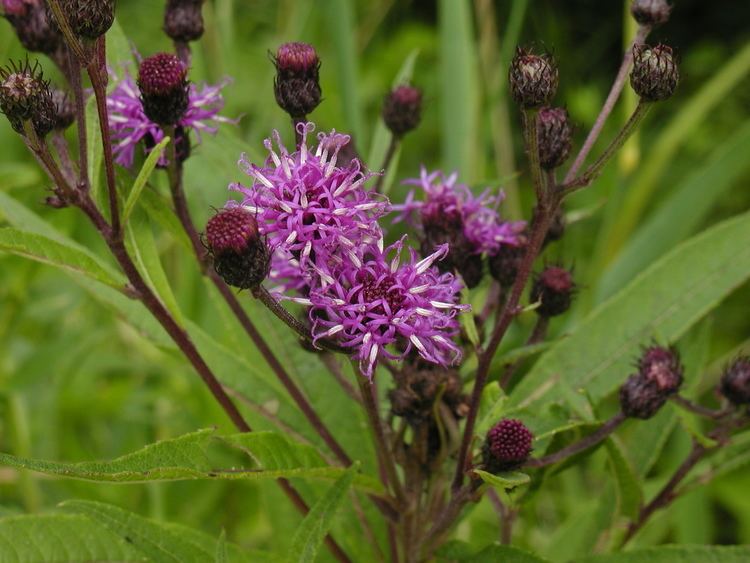
Vernonia amygdalina is well known as a medicinal plant with several uses attributed to it, including for diabetes, fever reduction, and recently a non-pharmaceutical solution to persistent fever, headache, and joint pain associated with AIDS (an infusion of the plant is taken as needed). These leaves are exported from several African countries and can be purchased in grocery stores aiming to serve African clients. The roots of V. amygdalina have been used for gingivitis and toothache due to its proven antimicrobial activity.
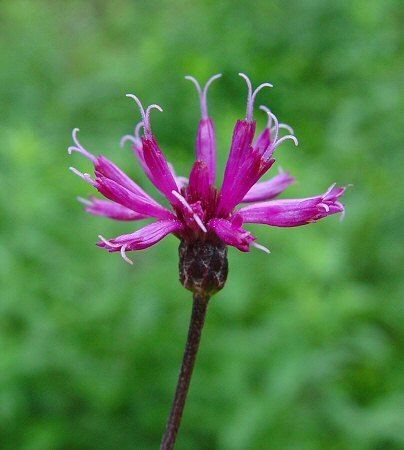
In Brazil, V. condensata (commonly known as "figatil" or "necroton") is traditionally used as an analgesic, anti-inflammatory, antithermal, antianemic, antibacterial, liver tonic, hepatoprotective, and antiulcerogenic agent.
Vernonia galamensis is used as an oilseed in East Africa. It is grown in many parts of Ethiopia, especially around the city of Harar, with an average seed yield of 2 to 2.5 t/ha. It is reported that the Ethiopian strains of Vernonia have the highest oil content, up to 41.9% with up to 80% vernolic acid, and is used in paint formulations, coatings plasticizers, and as a reagent for many industrial chemicals.
Vernonia species are used as food plants by the larvae of some Lepidoptera species including Coleophora vernoniaeella (which feeds exclusively on the genus) and Schinia regia (which feeds exclusively on V. texana).
Vernonia calvoana or bitterleaf, is a common garden plant in many West African and Central African countries. It is a key ingredient in ndolé, a national dish of Cameroon.
Species
Species of this genus are found in South America, Africa, Southeast Asia, and North America. Vernonia species are well known for hybridizing between similar species in areas of overlapping ranges. There are approximately 1000 species of Vernonia. A partial species list is given below.
